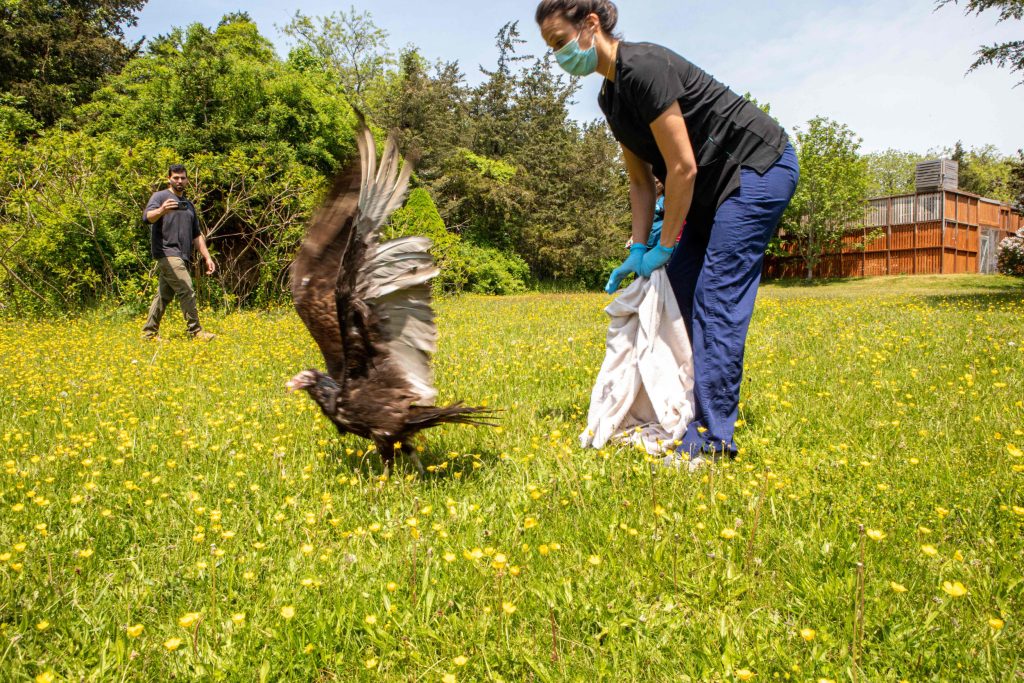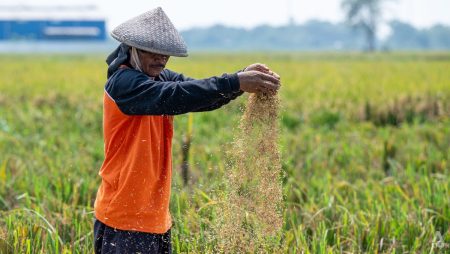The COVID-19 pandemic triggered unprecedented economic hardship in the United States, prompting the federal government to distribute three rounds of stimulus checks totaling $3,200 per recipient. While these payments provided crucial financial relief for many, enabling them to meet basic needs and avoid financial ruin, they also contributed to a surge in inflation as the influx of cash stimulated demand within the economy. As the world emerges from the immediate grip of the coronavirus pandemic, the emergence of avian influenza, commonly known as bird flu, raises concerns about the potential for another public health crisis and its accompanying economic repercussions, including the possibility of further stimulus payments.
While the current risk of bird flu to human health remains relatively low, the Centers for Disease Control and Prevention (CDC) is closely monitoring the virus and collaborating with states affected by animal exposures. The avian flu is highly contagious among birds, and humans can contract the virus through contact with infected bird saliva, mucus, or feces. To date, the number of confirmed human cases in the U.S. remains below 100, and the severity of the illness has generally been mild to moderate. However, the potential for the virus to mutate and become more easily transmissible between humans necessitates ongoing vigilance.
The prospect of another round of stimulus checks hinges on the trajectory of the bird flu and its potential impact on society. If the virus evolves into a significant threat to human health, leading to widespread closures of schools and businesses similar to the disruptions witnessed during the COVID-19 pandemic, economists anticipate the possibility of another round of government-issued stimulus payments. Such a scenario would mirror the economic fallout of the coronavirus crisis, where lockdowns and restrictions severely hampered economic activity, necessitating government intervention to mitigate the financial hardship faced by individuals and families.
Expert opinions on the potential for bird flu to escalate into a major public health crisis are varied. Some experts point to the availability of effective antiviral treatments like Tamiflu and the extensive knowledge base regarding influenza viruses, including vaccine development, as reasons for optimism. They argue that these factors, combined with advancements in mRNA vaccine technology, place us in a stronger position to respond effectively to a potential bird flu outbreak compared to the initial stages of the COVID-19 pandemic. Others, however, caution against complacency, drawing parallels to the initial underestimation of the COVID-19 threat. They emphasize the unpredictability of viral mutations and the potential for unforeseen consequences, urging caution and preparedness.
The economic impact of a widespread bird flu outbreak would likely mirror many of the challenges faced during the COVID-19 pandemic. Disruptions to supply chains, decreased consumer spending, and widespread job losses could trigger a significant economic downturn, necessitating government intervention to stabilize the economy and provide financial support to affected individuals and businesses. The potential for another round of stimulus checks would likely be a key component of any such government response, reflecting the widespread public support for these payments during the previous crisis.
While the CDC continues to monitor the spread of bird flu, which has now been detected in all 50 states, the immediate risk of a human epidemic remains low. Experts believe that the likelihood of the virus evolving into a global threat is unlikely, given the efficacy of existing antiviral treatments and the extensive scientific understanding of influenza viruses. However, in the event of a large-scale outbreak, the pressure on the government to provide financial assistance to Americans would likely be immense, potentially leading to another round of stimulus payments. Such payments, while potentially beneficial in mitigating financial hardship, could also exacerbate inflationary pressures, further complicating the economic landscape. The potential for future stimulus payments underscores the delicate balance between providing economic relief and managing the broader economic consequences of such interventions.










